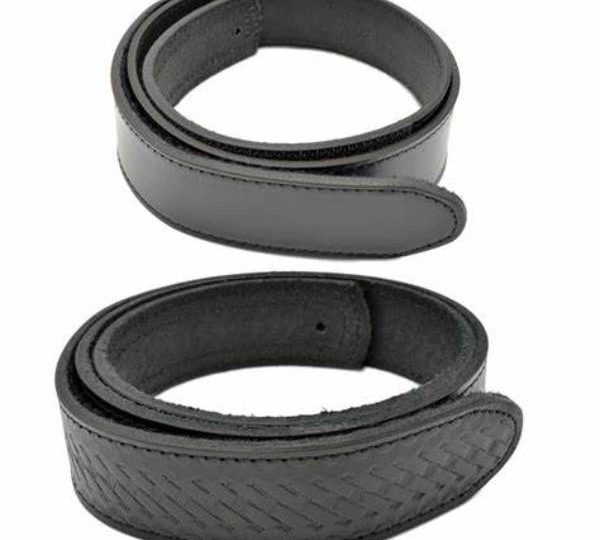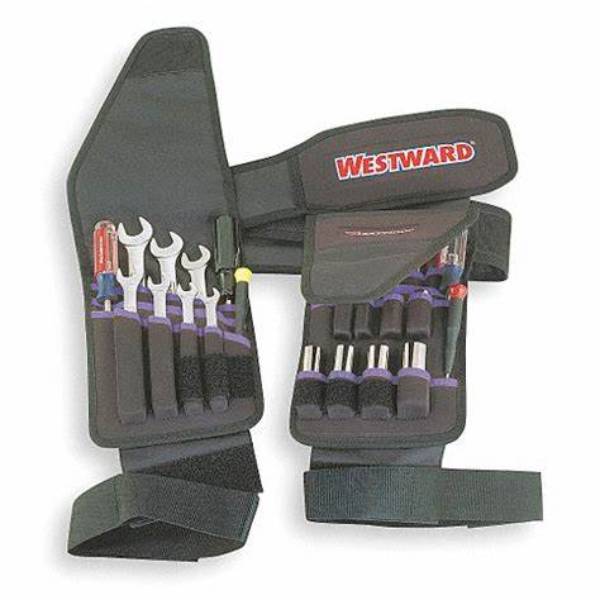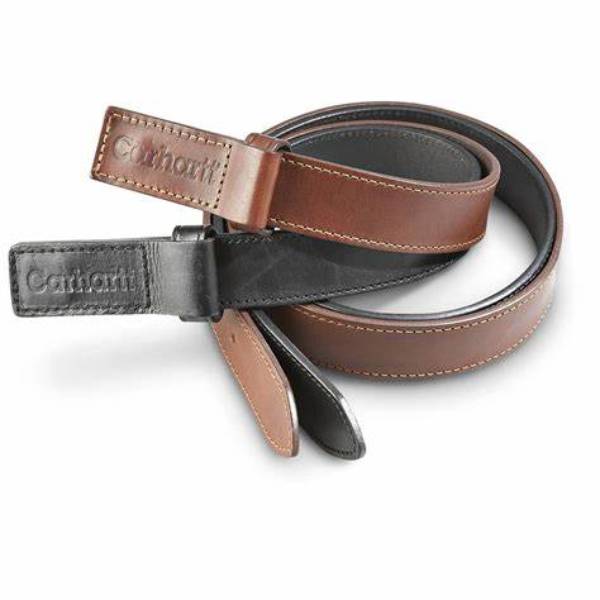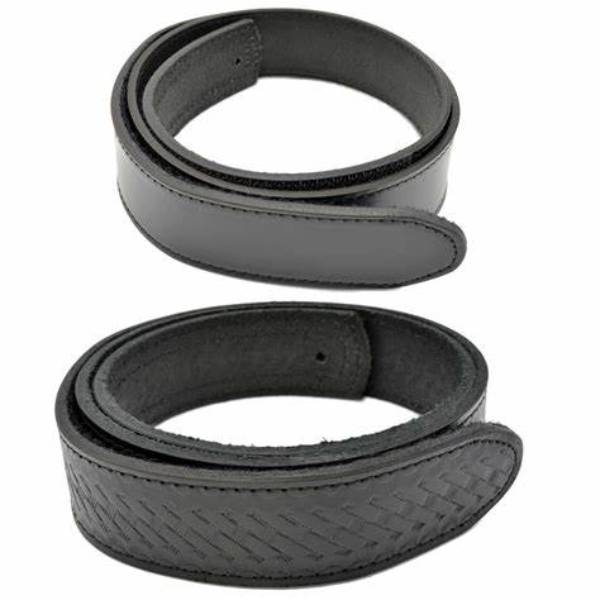
Mechanics Belt: Understanding Its Role in Engineering
Introduction to Mechanics Belt
Mechanics belts serve as vital components in many engineering systems. They ensure that energy transfers seamlessly between different machine parts. As machines become more complex, the demand for efficient power transmission increases. Engineers rely on these belts to enhance machine performance and reliability. Understanding the specific applications of different belt types improves overall system efficiency. Engineers must evaluate the characteristics of each belt to match their requirements. For instance, some belts excel in high-torque applications while others work better under lower speeds. This knowledge helps engineers avoid costly mistakes.

Types of Mechanics Belts
Many types of mechanics belts cater to various engineering needs. V-belts, for instance, provide excellent grip and flexibility, making them popular. Flat belts offer a smooth surface for high-speed operations and minimize wear. Timing belts synchronize the rotation of components, ensuring precise movement within machines. Each belt type has unique features that suit particular applications, so engineers must choose wisely.
Additionally, factors like material, thickness, and length play crucial roles in performance. Engineers consider both environmental and operational conditions when selecting belts. Furthermore, proper maintenance can extend the lifespan of these belts, enhancing productivity. Engineers therefore need to implement regular checks and adjustments to ensure optimal performance. By understanding the unique traits of each type of mechanics belt, engineers can design efficient systems. This knowledge ultimately drives innovation in engineering processes and machine design.
The Importance of Mechanics Belt
The mechanics belt serves as a crucial connection within mechanical systems. It ensures that energy flows smoothly from one part to another. When a belt transfers rotational energy effectively, it minimizes friction and wear. This reduction in wear leads to longer-lasting machinery. Proper use of mechanics belts significantly improves equipment lifespan. Industries that prioritize efficiency rely heavily on the right type of belt. The correct belt not only boosts performance but also reduces maintenance costs. Businesses can save money by implementing high-quality belts in their systems.
Enhancing Equipment Performance
Choosing the right mechanics belt can greatly enhance overall system performance. Each machine or system has unique requirements. Therefore, selecting the appropriate belt type is essential. Manufacturers design belts for specific tasks and conditions. Understanding these specifics enables engineers to make informed choices.
Additionally, regular maintenance of these belts further sustains their functionality. Regular checks can help identify wear before it leads to failure. This proactive approach prevents unexpected downtime in production. In fast-paced environments, machinery needs to operate flawlessly. A well-maintained mechanics belt contributes significantly to this goal. Ultimately, using the right belt ensures that mechanical systems run efficiently and reliably.
Types of Mechanics Belt
V-belts are one of the most commonly used mechanical belts. They have a trapezoidal cross-section, which provides a high grip. This high grip allows V-belts to efficiently transfer power between pulleys. Automotive engines frequently utilize V-belts because of their durability and performance. They can handle significant loads and operate smoothly under tension. Many car manufacturers recommend specific V-belt models based on engine design. These recommendations ensure optimal performance and prevent premature wear. Additionally, V-belts come in various sizes, allowing for easy replacement. Proper installation of V-belts also ensures longevity and efficiency. Therefore, selecting the right V-belt is crucial for any automotive application.

Exploring Flat and Synchronous Belts
Flat belts are another popular option in the mechanical belt market. They feature a rectangular cross-section and can drive two pulleys over long distances. Many industrial machines use flat belts because of their versatility and adaptability. They work well in applications like conveyor systems and fans. Their simple design allows for easy maintenance and replacement. In contrast, synchronous belts provide accurate timing between components. They have teeth that engage with pulley grooves, preventing slippage.
This design allows synchronous belts to maintain precise timing in machinery. Many manufacturers use synchronous belts in robotics and CNC machines. Reliability and precision are critical in these applications. The unique characteristics of flat and synchronous belts cater to various needs across industries. Choosing the right belt ensures efficient operations in both automotive and industrial settings. Understanding the differences helps users select the best type for their specific purposes.
Mechanics Belt Materials
Mechanics belts come in various materials, each offering distinct advantages. Rubber often serves as a top choice due to its excellent flexibility and durability. This material easily withstands stress and can adapt to changing conditions, making it ideal for diverse applications. Polyurethane belts also gain popularity because they resist wear and chemicals remarkably well. These belts work efficiently in environments where exposure to harsh substances occurs, enhancing their overall lifespan.
Unique Applications of Leather Belts
While leather belts have become less common, they continue to hold specific advantages. Their unique properties make them suitable for specialized applications. Leather provides a natural grip, which can enhance performance in certain scenarios.
Additionally, leather belts often exhibit excellent shock absorption, making them beneficial in machinery that requires smooth operation. Companies may still choose leather for its aesthetic appeal in certain settings. Thus, understanding the properties and applications of these materials helps engineers make informed decisions. Each material has its place, and each serves a particular purpose in the world of mechanics.
Mechanics Belt Installation
Proper installation of mechanics belts is crucial for performance. An improperly installed belt may cause excessive wear. It can also lead to belt failure. Therefore, engineers must follow specific guidelines. First, they need to ensure alignment of all pulleys. Additionally, they should adjust the tension appropriately. This adjustment should match the manufacturer’s specifications.
Ignoring these steps can result in problems. Regular checks can help maintain proper alignment. Engineers should be meticulous during the installation process. Using tools correctly is vital for a successful setup. Moreover, poor installation can increase maintenance costs. Attention to detail ensures long-lasting performance. In conclusion, proper installation cannot be overlooked. Ultimately, it directly impacts efficiency and reliability.

Maintenance of Mechanics Belt
Regular maintenance extends the lifespan of mechanics belts. Engineers must check for signs of wear, such as fraying or cracking. Regular cleaning can also keep belts in good condition. Lubrication, however, is usually not recommended. Engineers should replace belts promptly if any wear is observed. A well-maintained black belt with gold buckle not only enhances style but also reflects the care put into ensuring durability and functionality.
Advanced Applications of Mechanics Belt
Mechanics belts are not only limited to traditional engineering uses. They now play a role in the robotics field as well. In robotic arms, mechanics belts enable precise movements. This innovation helps improve efficiency in manufacturing processes. As technology advances, the applications for mechanics belts continue to expand. Women’s woven belts, much like mechanics belts in robotics, combine precision and style, showcasing how innovation can flourish across various fields and enhance functionality.
Conclusion: The Future of Mechanics Belt
The mechanics belt remains integral to modern engineering. With ongoing advancements in materials and design, the future looks promising. Engineers will likely continue to innovate, improving efficiency and reliability. Understanding mechanics belts will help the engineering community adapt to emerging challenges. The significance of this seemingly simple component cannot be overstated. A briefcase on wheels packing essential tools embodies the engineering spirit, showcasing how even simple designs enhance efficiency and adaptability in our daily lives.
In summary, mechanics belts connect various components in a machine, enabling them to work efficiently. From the choice of materials to installation practices, every aspect plays a crucial role. Engineering systems rely heavily on these belts to function properly. Knowledge of mechanics belts empowers engineers to make informed choices. As the industry evolves, so too will the technologies surrounding mechanics belts.